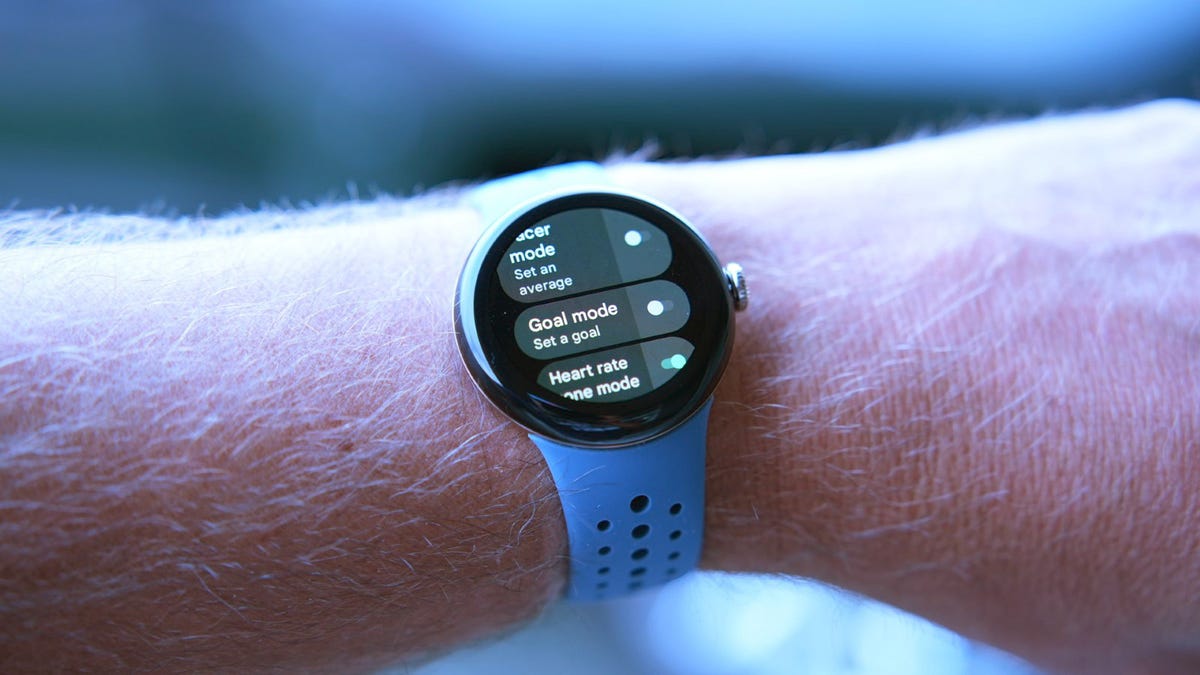How can seniors benefit from aerobic exercise?
Like virtue, exercise is its own reward — and it can help you feel as strong as you did when John F. Kennedy was president. Lifting weights is an excellent way to roll back the years, but the cornerstone of most senior fitness programs is aerobic exercise. Anything that gets oxygen into your system and works your lungs and heart — whether it’s walking, bicycling, swimming, jogging, dancing, or playing tennis — can go a long way toward turning your age into just another number.
The benefits of aerobic exercise start with the heart. Regular workouts not only strengthen the heart muscle but can also help reduce hypertension and lower high cholesterol, the two major causes of heart disease, in addition to smoking. And you won’t have to run a marathon to get results. A Harvard University study of 72,000 women found that three hours of brisk walking every week cut the risk of heart disease by 40 percent. A similar study of 2,700 elderly men in Hawaii found that those who walked 1.5 miles or more per day were half as likely to develop heart trouble as men who seldom walked.
People are also reading…
Many other so-called diseases of aging are really diseases of inactivity and can be modified by exercise. In addition, walking, jogging, dancing, and other weight-bearing exercises can help ward off osteoporosis by building bone strength in your spine and joints. And because exercise improves your strength and balance, such exercises can also help prevent the falls that lead to broken bones.
Exercise not only keeps your muscles toned, it may help keep your brain sharp, too. A six-year study of adults over 55 reported in the Journal of the American Geriatric Society found that those who were physically fit at the beginning of the study scored better on mental function tests six years later than those who didn’t exercise regularly.
What’s more, a 2010 study also suggested that walking at least 6 miles a week — the equivalent of 72 city blocks — can help prevent the onset of Alzheimer’s. In the first decade of a 20-year study of 426 older adults, the researchers also found that adults who already had Alzheimer’s or mild cognitive impairment were able to preserve the brain’s key memory and learning centers over at least a 10-year period by walking 5 miles a week.
Can exercise improve my mood?
It can indeed. A regular walk around the block or jog through the park can raise your self-esteem, reduce stress, ease anxiety, and even help abate symptoms of depression. (Be sure to consult your doctor or therapist if you feel depressed, of course, but consider stepping up your exercise as well.) In a study of 156 severely depressed men and women over 50, Duke University researchers suggest that 16 weeks of aerobic exercise may be as effective in alleviating depression as a 16-week regimen of antidepressant drugs.
What exercise should I choose?
The first rule is to find something you love to do. If you thrive on competition, you may want to take up tennis with a friend or neighbor. If you prefer quiet contemplation, you can try early morning walks or laps at a pool. You’ll have to listen to your body when making the choice. For instance, if you suffer from arthritis, swimming may be your best option for a pain-free aerobic workout, but you may also want to try regular walks.
Unless you have a medical condition that prevents it, you should try to get at least 150 minutes of aerobic exercise every week and at least two days a week of muscle-strengthening exercises that work all the major muscle groups. Five hundred minutes a week of aerobic exercise will bring even more benefits. Make sure you check with your doctor before starting any exercise program, and ask what heart rates you should target while exercising. Whatever activity you choose, try to maintain your target heart rate for at least 30 minutes several times each week. (Doing so once every day would be even better.)
Is aerobic exercise safe for seniors?
If you’re over 50, get the go-ahead from a doctor before starting any vigorous exercise program. But even if you only plan to start walking around the neighborhood, you should check with a doctor if you have any of the following conditions:
- High blood pressure
- Diabetes
- Fast, irregular, or extremely slow heartbeat during rest
- Heart disease
- Past heart attack, especially if it occurred in the last year
- Recent chest pains, especially if they haven’t been explained by a doctor
- Shortness of breath or chest pain after extremely mild exertion
- Recent unexplained weight loss of 10 pounds or more
- Pain in buttocks or back of legs during walking
What precautions should I take?
Once you get the green light, exercise with common sense. Drink lots of water, including a glass before and after exercising. Avoid vigorous workouts in hot, humid weather, check air quality warnings, and see a doctor promptly if you feel dizzy, nauseated, or disoriented or if you’re unable to talk. Other warning signs of overexertion include pains in your chest, upper back, left shoulder, or arm. To prevent strain on your heart and injuries to your muscles, try at least five minutes of low-intensity warm-up exercises followed by five to 10 minutes of slow stretching before every workout. After exercising, cool down with a few minutes of stretching and slow walking. And don’t forget to congratulate yourself now and then: You’ve found the next best thing to the fountain of youth.
“Growing Stronger: Strength Training for Older Adults, U.S. Centers for Disease Control and Prevention
“Physical Activity for Everyone: Older Adults,” U.S. Centers for Disease Control and Prevention
“Walk Much? It May Protect Your Memory Down the Road.” Radiological Society of North America meeting
NIHSenior Health. “Exercise and Physical Activity for Older Adults.”









